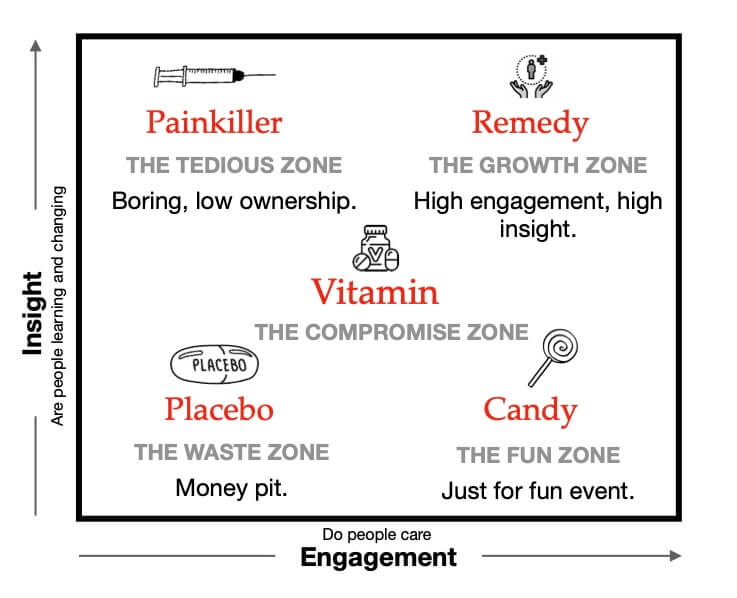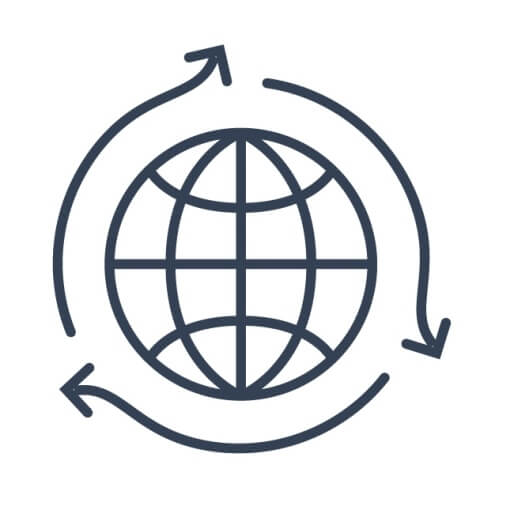Make a Splash
Corporate Event Market is worth more than $430 billion in 2024. This is a tremendous amount of money. Packing it in $100 bills would cover the distance from Earth to the International Space Stations.
Team buildings in exotic locations, sales conferences in luxurious resorts, secluded top management off-sites. When business is good, companies splurge on exotic gatherings. When business is slow, most events are postponed.
Are corporate events vitamins or painkillers? Are they something nice to have when there is extra money, or something essential to create meaning and connect with employees?
The truth about what percentage of corporate events achieve their objectives
According to research, less than 40% of events measure a positive Return on Investment (ROI).
We studied 1,736 corporate events and team buildings from the US to Singapore and Spain. In this document, you will find three main sections.
- What makes an event fail or succeed? The fastest and easiest way to engage, inspire, and connect, according to research.
- Proven strategies you need to start transformation from as low as four hours. Comparison of the ten classic event types and the nine precise objectives to achieve.
- Powerful tactics to turn attendees into participants.
Why the splash effect?
We promise to help you make a splash during your next event.
Captivate and engage. Grab the participants’ attention at the start. Break away from traditional, mundane approaches, making your event generate excitement and stand out.
Challenge for unmatched impact. Create a ripple effect within your organization. Achieve positive, measurable changes such as strengthened relationships and enhanced collaboration. Ensure the transformation lasts beyond the event.
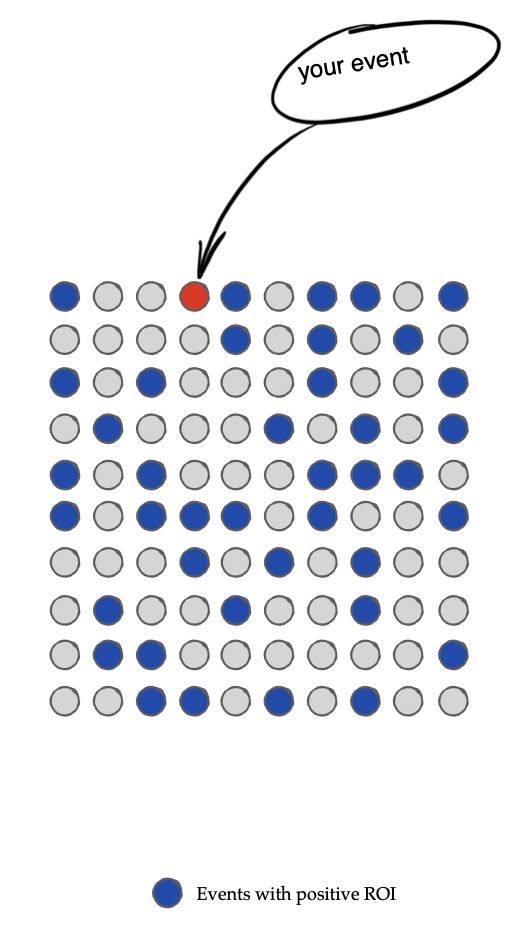
It starts with a vision
A clear vision is the cornerstone that makes an event successful.
It assists you in establishing the mood, outlining the goal, and directing every element, including the theme and venue selection as well as the activities.
Events may lack consistency in the absence of a vision, leaving participants confused and dissatisfied.
In addition to energising attendees, a compelling vision gives the event organizers themselves inspiration and guidance.
Basically, vision is what makes events more than just get-togethers; it’s what makes them captivating.
This is an example for a event vision for a recent project for a large technology company. Information considered confidential have been removed.
Example:
- The purpose of the event is to reinforce our new culture. We want managers to feel empowered to be team culture champions in the next six months.
- People will enjoy a friendly atmosphere, and everyone will be involved in the discussions.
- People can get answers to all their questions.
- Activities will be different and surprise participants in a positive way.
- The event will be collaborative; everyone will feel like a big community.
- As a result of this event, we will create specific commitments and a common language.
- After the event, people will stay fired up for months and can transform their teams with increased focus.
“The greatest teacher, failure is.”
Yoda
Why Events Fail?
We studied 1,736 corporate events and team buildings from the US to Singapore and Spain. Here is what we found.
How do you measure the success of an event?
Reflect on the last conference or seminar you attended. How would you evaluate it? Please use the following scale, and in each row, choose (✔︎) the one that applies most:
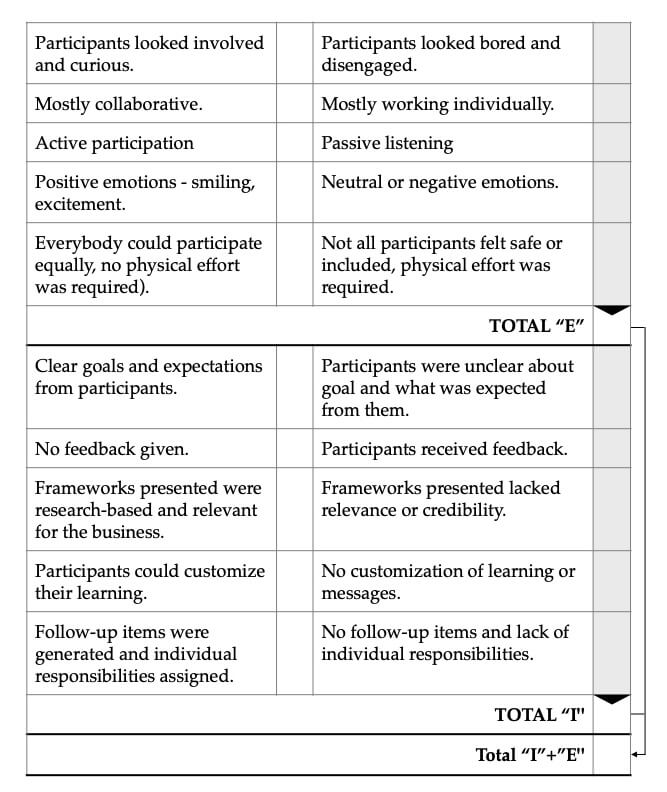
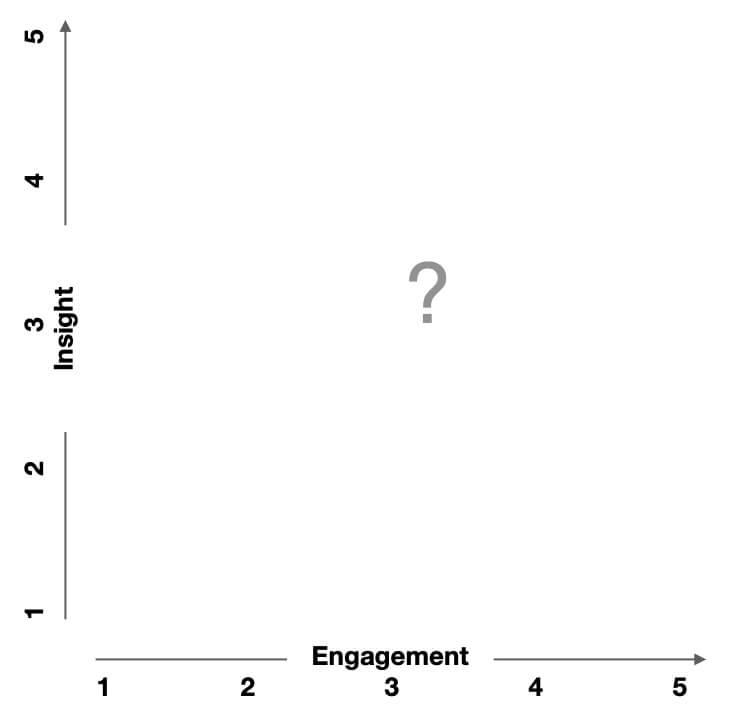
Please sum only the points you scored on the right grey-shaded column. Sum up the E score and the I score. Plot your results on the scale above where E stands for Engagement, and I stands for Insight. Calculate the total score for your event by summing I+E. What was your result? To learn more about your score, see below:
| Total “I”+”E” | Type of event |
|---|---|
| 10 | Remedy |
| 8 or 9 | Painkiller or Candy |
| 6 or 7 | Vitamin |
| From 1 to 5 | Placebo |
The two dimensions of a successful event
When you evaluate how successful an event is, you think in two dimensions.
Engagement. Engagement has to do with making people care and connect. This might include, for example, how much participants enjoy the event. How well did they connect with other people?
What would you observe if the engagement is low? People are bored, looking at their mobile phones, quiet, exhausted, and resistant to participate in activities.
High engagement: Participants are smiling, actively participating, demonstrating high energy and excitement, and acting curious.
Insight and challenge. Insight concerns how people process information and decide to commit and change their behaviours. How valuable was the event for them? How much did they learn? To what extent did they achieve their own objectives?
What would you observe in an event where people are challenged to learn and change? People asking questions, taking notes, seem genuinely interested.
What would you observe in a low-insight event? Lack of clear objectives and no follow-up items. Too slow and tedious – people would prefer to speed up 2x faster because of irrelevant and redundant content.
ENGAGEMENT
Do people care?
How much did people enjoy the event?
INSIGHT
Are people learning and changing?
How do people process information to create meaning?
The five types of events
Painkiller (high insight, low engagement)
Painful, same as an injection, is with short-lived and forced effects. Such events are intense on information and usually high in urgency. Participants are bombarded with data; management instills high urgency, sometimes even using the “burning platform” analogy. However, low engagement converts people to passive bystanders who most likely resist the call to action.
Candy (high engagement, low insight).
Sweet as candy, not so high on the nutritional side. The way candy generates glucose spikes, such events creates a lot of enthusiasm. However, the effect fades quickly. But when the event is over, there are a few action items to follow up and the value for the business is questionable, which is ok if your objective from the beginning was to have fun.
Placebo (low engagement, low insight).
Such events are usually organized with a high urgency and without a clear focus. Organizers would think that a solution would magically occur by just gathering people. It is the same as a placebo; the chances for success are meager.
Vitamins (moderate engagement, moderate insight).
Such an event could be just a tiny part of the overall solution, like a vitamin. It could achieve some improvement, but because of a lack of sufficient commitment to challenge, it would require costly and lengthy follow-up.
Those events represent a real lost opportunity to turn into something excellent. They are, of course, slightly better than the placebo events.
Remedy (high engagement, high insight).
Holistic cure involves not just focusing on the symptoms but on the correct diagnosis, the application of treatment, and a change of lifestyle. In the same way, events in this group have the potential to transform participants and create lasting impact. People are eager to participate, time is maximized, and results are achieved.
This is the type of event that you want to have, and we are sure with the information contained in the following pages, you will.
